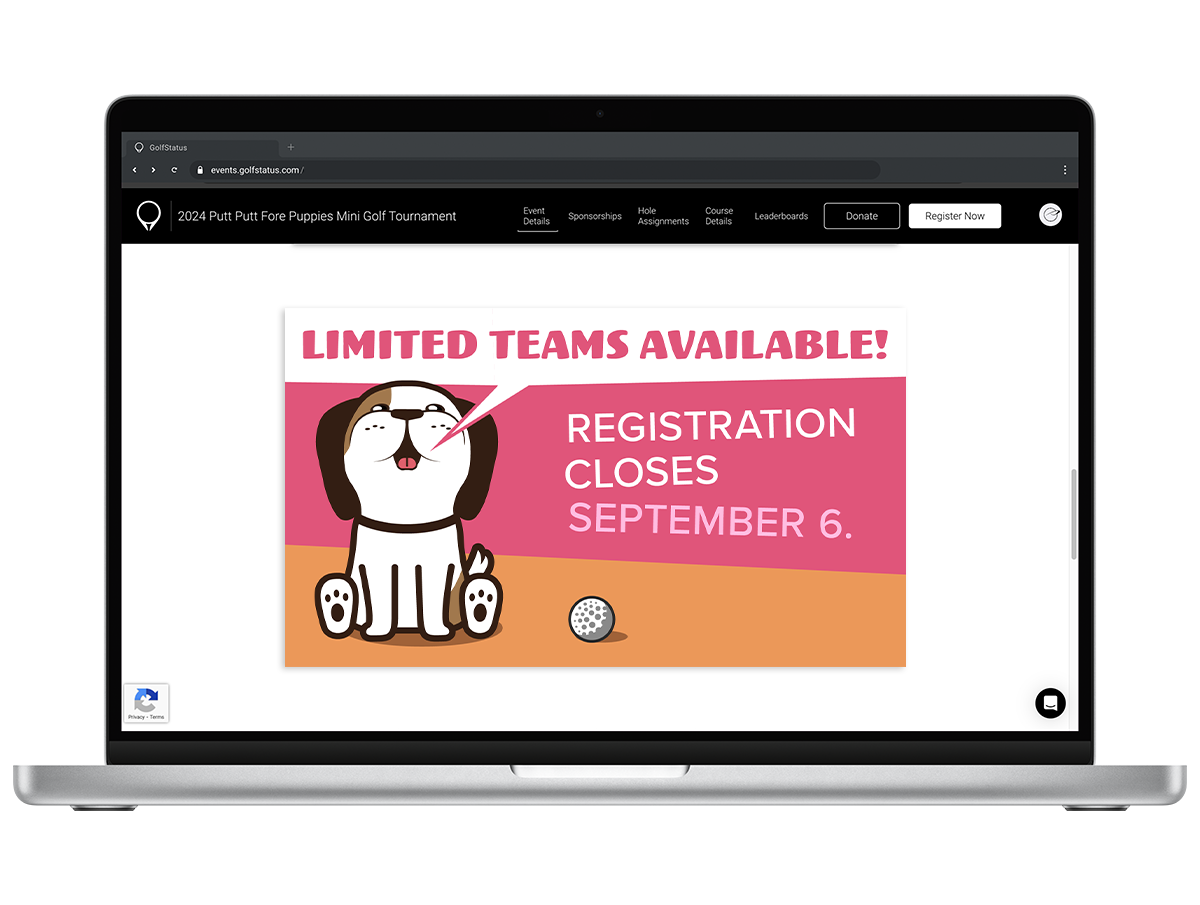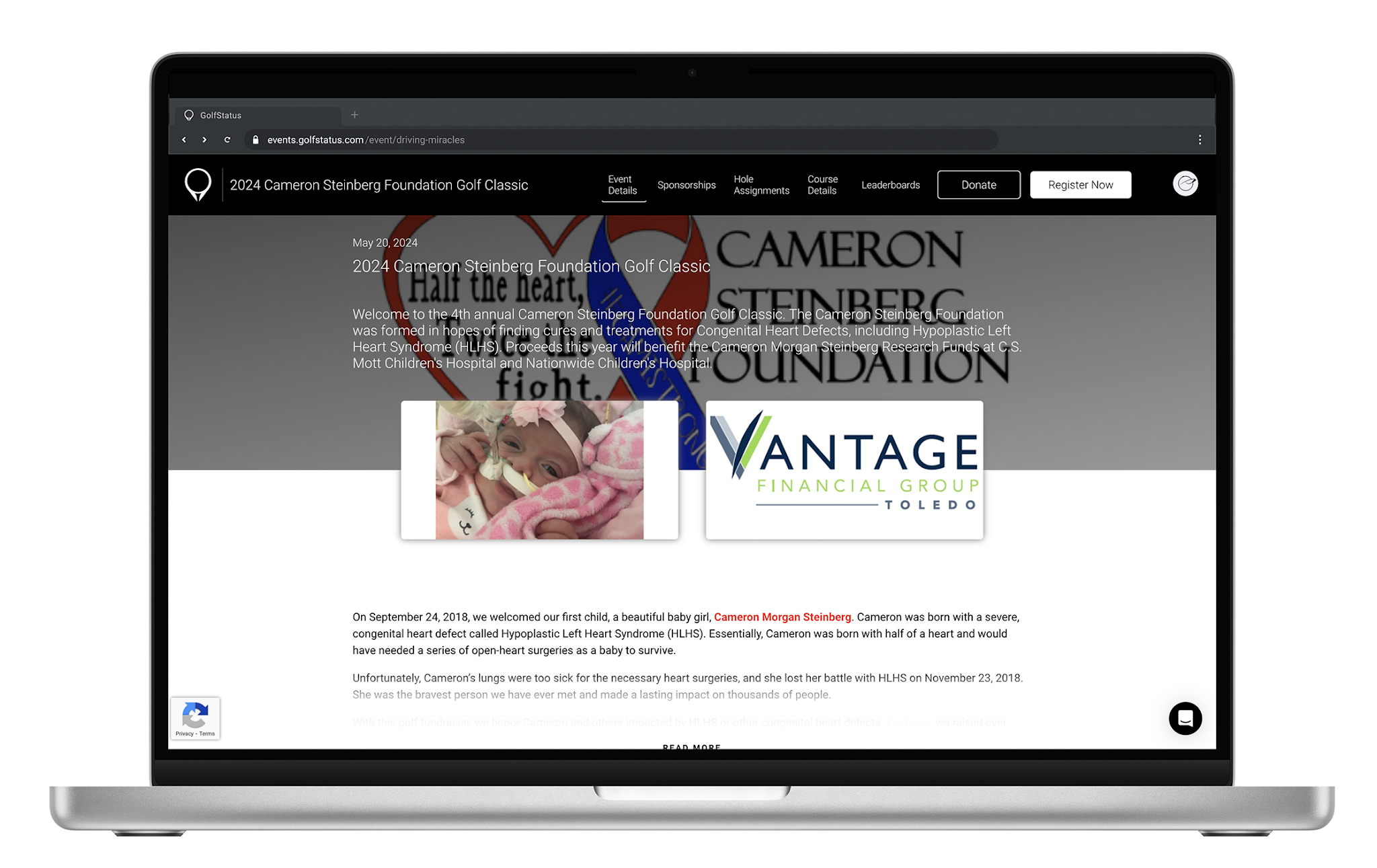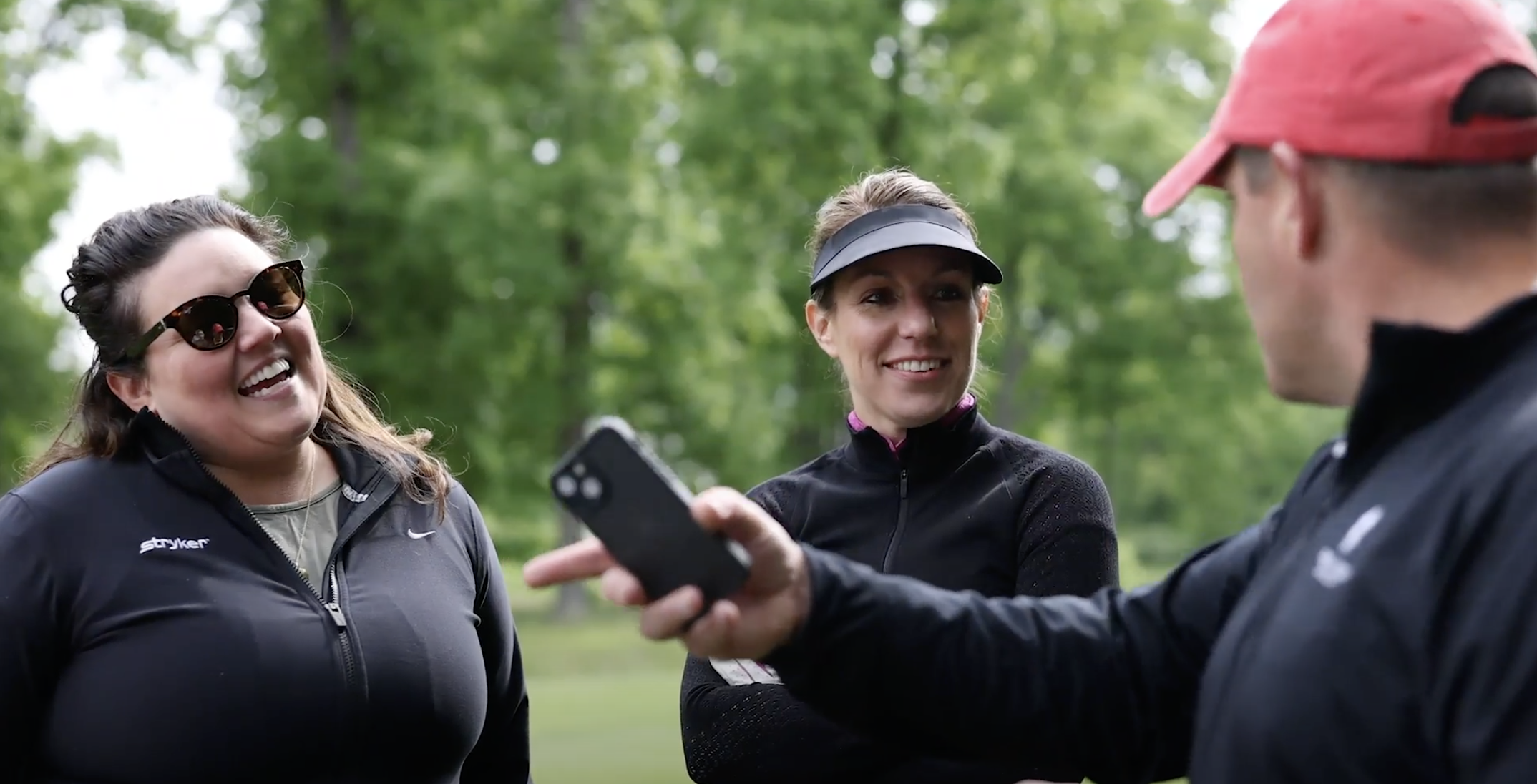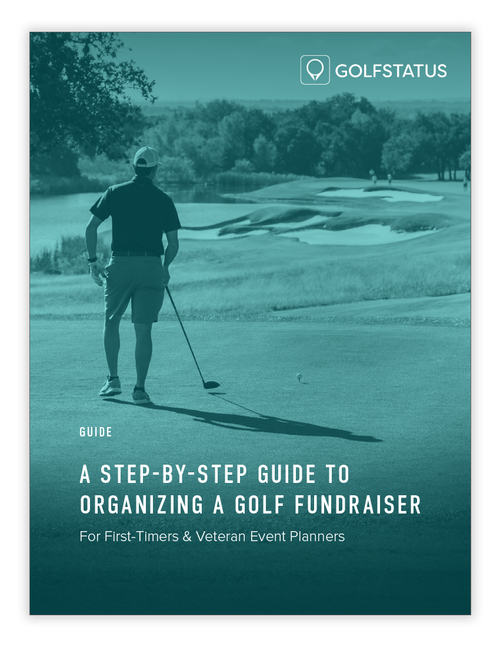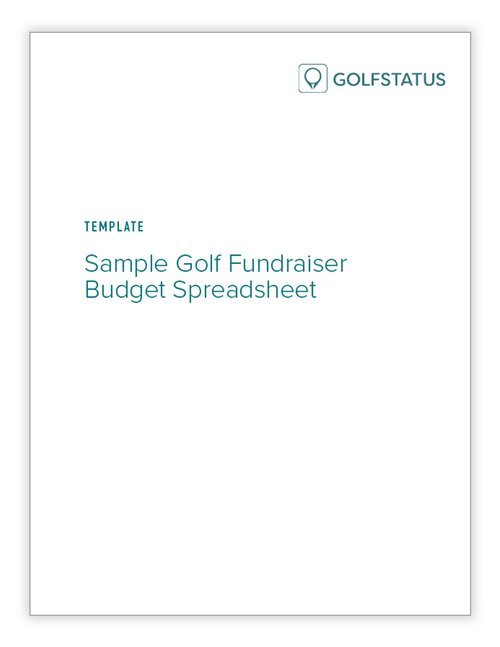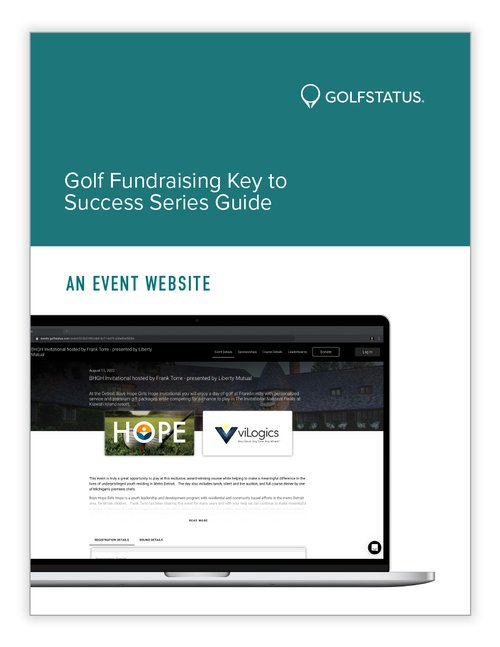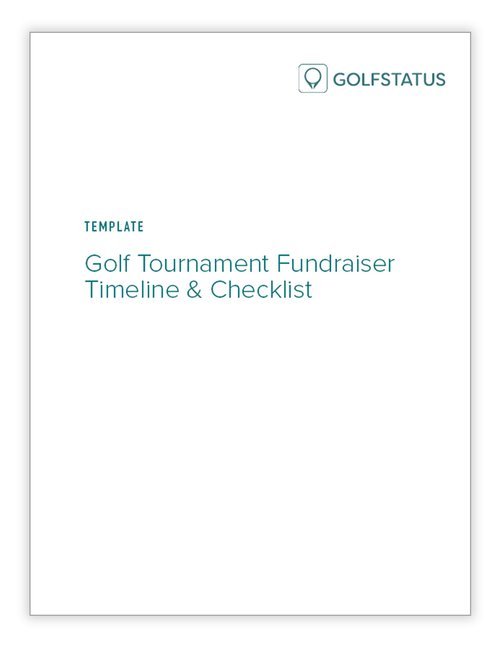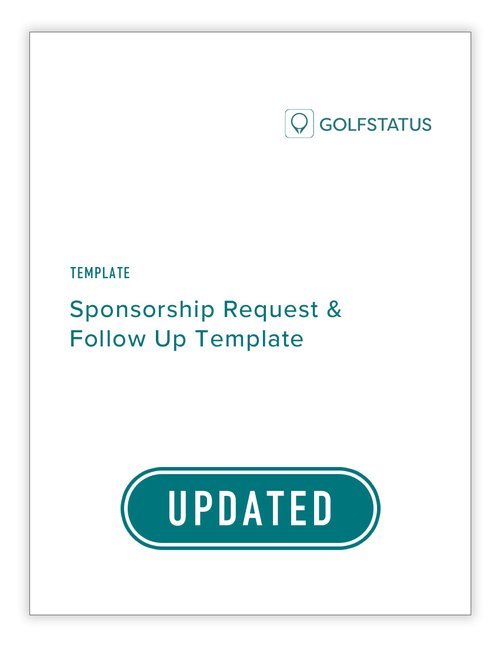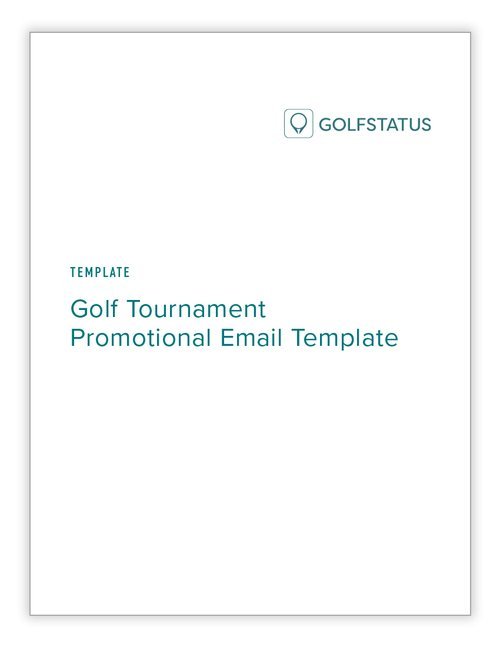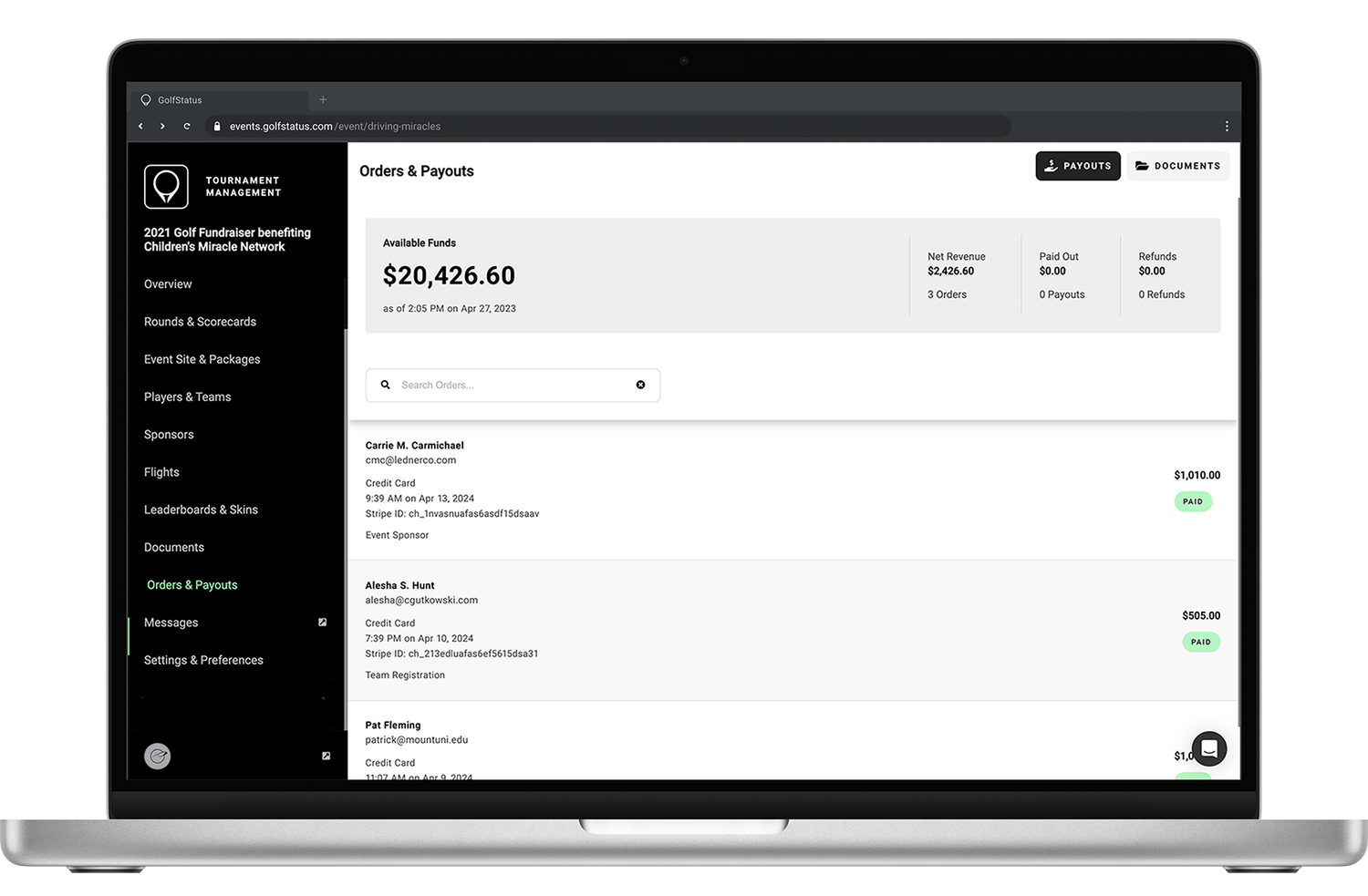by Cash Dinkel, PGA, Client Success Director at GolfStatus
It happens to the best of us—you’re sure all your i’s are dotted and all your t’s are crossed for your golf tournament, but as the day draws closer, unexpected issues and tasks may pop up and must be handled. Here are 10 commonly overlooked tournament details you might not be thinking of (but definitely should be!):
1. Event Website Updates
Your event website is the hub for your tournament. It can be tempting to set it and forget it, but it’s necessary to keep it up to date. As the tournament gets closer, ensure the sponsor and team package quantities remaining are correct, that expiration dates are applicable, and a registration close date is clearly stated and communicated to prospective sponsors and golfers.
2. Weather Plans
Weather is one of the few factors for your golf tournament that you have no control over. That being said, you can be prepared. Think through an inclement weather plan for all scenarios and work with the golf facility to determine a backup tournament date, if applicable. If the forecast calls for hot weather, ensure you have plenty of water on hand for staff, volunteers, and participants. If it will be uncomfortably cold, think about providing hot coffee or cocoa to keep participants warm. Above all, you’ll want to constantly monitor the weather leading up to the tournament and fine-tune your contingency plans and how you’ll communicate those to participants.
Pro Tip:
GolfStatus’ tournament management platform includes a messaging feature that makes it simple to send emails or push notifications to registered golfers and sponsors with just a few clicks.
3. Volunteer Management
Volunteers are a crucial part of your event. Make sure you’ve assigned and communicated clear roles and expectations to all volunteers and have a point person to manage volunteers throughout the tournament. Be sure to take care of them, providing food and beverage, chairs, a shade tent, or other items to keep them comfortable and feeling appreciated.
4. Golfer/Team Waitlist
If you have a cap on the number of individual golfers or teams that can play in your event, game plan how you’ll handle a waitlist. Many tournaments offer a waitlist so teams or individuals can fill a spot left by a cancellation or other circumstances. If your teams are getting close to sold out, determine if you’ll offer a wait list, how you’ll handle registration and payment with folks on the waitlist, or whether or not you’re able to accommodate additional teams by doubling up on holes (if allowed by the golf facility and keeping pace of play in mind).
5. Printing & Order Deadlines
Give yourself enough lead time to order any signage, banners, apparel, player gifts, branded merchandise, or other items to arrive in plenty of time for your tournament. Check with your vendors on production/turnaround times to ensure you’ll have everything you need for tournament day.
Pro Tip:
Check out the GolfStatus Marketplace for trusted third party vendors on everything you need to make your tournament unforgettable, like signage, pin flags, auction software, hole-in-one contest insurance, and much more.
6. A/V Equipment
Coordinate with the host golf facility to determine what A/V equipment they have available and what you’ll need to bring on your own. Equipment needs might include a microphone and portable speaker for the welcome; televisions to display live leaderboards (either inside or outside the clubhouse); laptop, screen, and projector for the awards ceremony or banquet; and any necessary cords for power or connections.
7. Day-of Supplies
Tournament day can be hectic, so plan ahead and make sure you have all the supplies you’ll need for a smooth event. These include items for registration, on-course games, signage, raffle prizes, auction items, and A/V items.
The Complete Event Day Guide for charity golf tournaments
This free guide includes a tournament day checklist of everything you need for a smooth-running event, plus tips on live scoring, using your website to communicate with participants, and suggested reports and documents.
8. Food & Beverage
This deadline often sneaks up on tournament organizers. Whether the golf facility is providing all food and beverage or an outside vendor or caterer is supplying them, be sure to touch base with them to set a deadline to provide final numbers, confirm menus, and talk through the details of when and how food will be distributed. If you’re providing food and beverage for golfers and sponsors, it’s a good idea to ask for any dietary restrictions at registration.
Pro Tip:
Food and beverage are prime opportunities for sponsorships. Consider a Lunch Sponsor, Beverage Cart Sponsor, Bar Sponsor, Drink Ticket Sponsor, Snack Sponsor, or other sponsor that helps cover the hard costs associated with food and drink.
9. Parking
Most golf facilities have ample parking available, but you might want to verify plans for overflow parking if you’re expecting a sold out field of golfers along with sponsors, volunteers, staff members, and guests. The last thing folks want to deal with as they arrive for a fun day on the golf course is a full parking lot and no other options for their vehicle. Consider assigning a volunteer to direct traffic to maximize parking lot use, having a spot for golfers to drop their golf bags before they park, and ensuring there is accessible parking available.
10. Prizes & Giveaways
Don’t wait until the last minute to determine the prizes you’ll provide to the tournament’s champions, winners of on-course games, and contests, as well as golfer gifts. Give yourself plenty of production time for trophies or plaques, and seek donations for auction items, raffle prizes, pin prizes, golfer gifts, and other giveaways to save money on costs.
Stay Organized With Golf Tournament Tech from GolfStatus
Golf tournaments come with enough details to handle—the last thing you need is a clunky event management platform that requires workarounds to function for a golf event. GolfStatus is built for golf and makes it easy for tournament organizers to stay organized, save a ton of time, and easily collaborate with planning teams and the golf facility.
Nonprofits, charities, and third parties holding a golf fundraiser can qualify to use GolfStatus—with a free event website, online registration, client-only sponsorships, an A+ support team, and much more—at no upfront cost through the Golf for Good program. Click below to get qualified and create a tournament in minutes!


